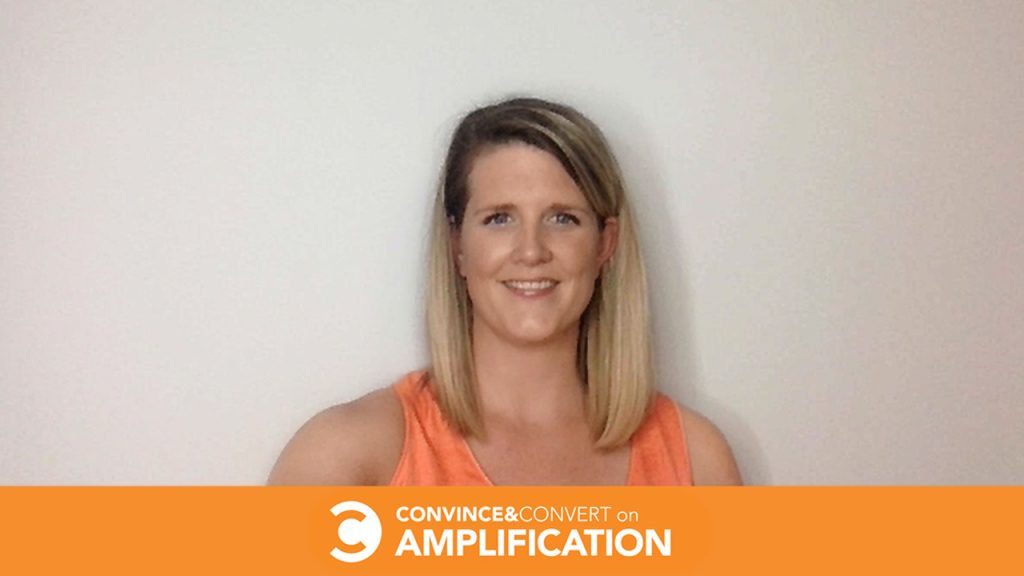No, “customer profiling” doesn’t involve mugshots or lineups. It’s your best best for figuring out who the heck your consumer is and how you’re going to find them.
Takeaways
- Successful customer profiling goes beyond demographic data to include specific audience motivators and barriers.
- A how-to guide from our friends at Help Scout offers a road map for building better customer profiles.
- Facebook is a marketer’s playground when it comes to persona development.
Mary: Customer profiling. No, it’s not a mugshot lineup—it’s a strategy to figure out who the heck your consumer is, and helps you figure out how you’re gonna find them.
What’s up, guys? I’m Mary Nice, a senior strategist at Convince & Convert. Today I wanna explore the topic of mapping your customer profiles to your social advertising efforts so that you can start thinking outside of things like demographics and really start reaching in and aligning with your consumers and addressing their motivators and their barriers.
Our friends over at Help Scout wrote a fine article for the C&C blog about creating customer profiles. The link is in the email, so make sure that you check that out. The article walks you through three concrete steps for effectively creating personas, which is akin to a comprehensive how-to guide for reaching your ideal customers. It’s taking your audience that, today, you may define as something like the customer support manager for a large company, and actually explores her as Help Desk Heidi, a customer support manager for a large company who is quite knowledgeable about Help Desk, and she’s tried them all. She needs very little coaching, and her main concerns will center on the time and the cost of switching from her company’s current solution to a new one. She’s interested in reporting tools, she’s deeply analytical, and she loves data.
In typical campaigns, you may target this person by finding people who show an interest in customer service or have a job as a customer service managers, but using Greg’s key questions to start learning more, you’ll look into what websites does this customer visit, what blogs do they read, what are they likely using in search, what search terms are they using, what sort of content appeals most to them. So, as an example, instead of targeting people with a job customer service manager, we may now target people who follow Jay Baer, one of the leading experts in customer service, or Zendesk, one of their competitors.
One of the best places to explore this is Facebook audience insights. It’s like a playground for persona development. When you’re done creating your personas, actively test and figure out how those translate effectively into your targeting. Think about ways you can answer those key questions and turn those into targeting mechanisms and, finally, how your content and your ads will align to those things that Heidi really cares about. Talk to her individually. Address her main motivators and barriers.
So, what about you? Do you have personas set up? Are you effectively translating those personas into social media targeting? What qualification has worked the best for you? Let us know.

